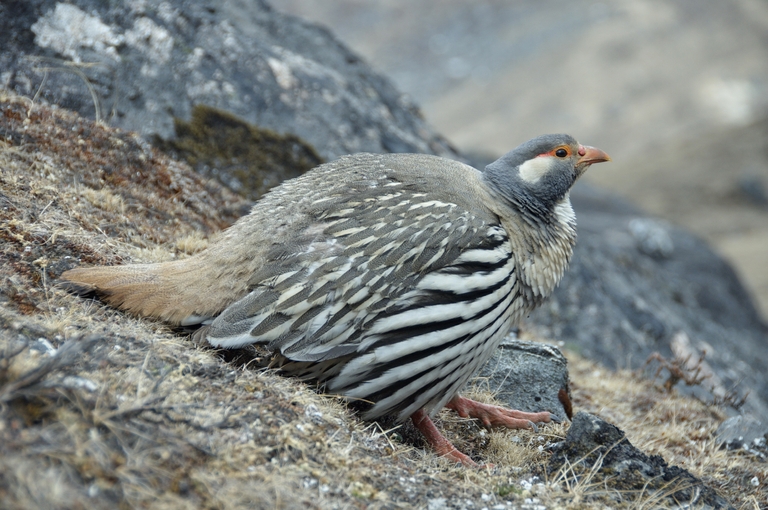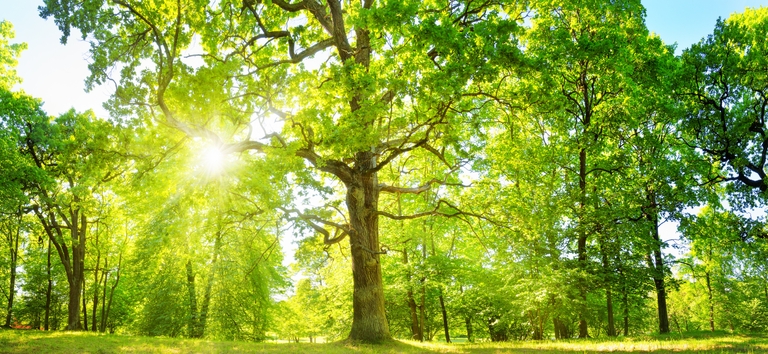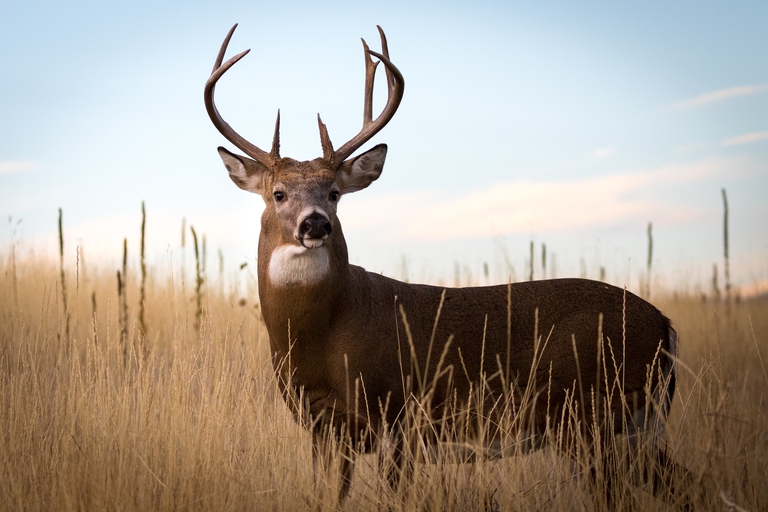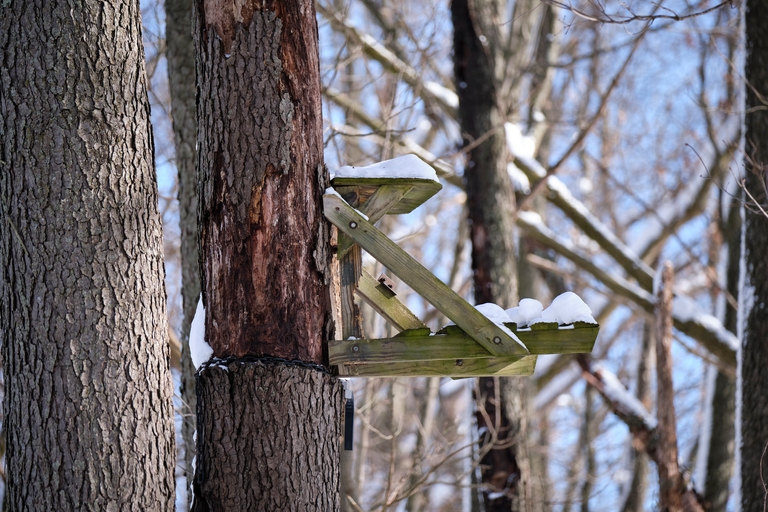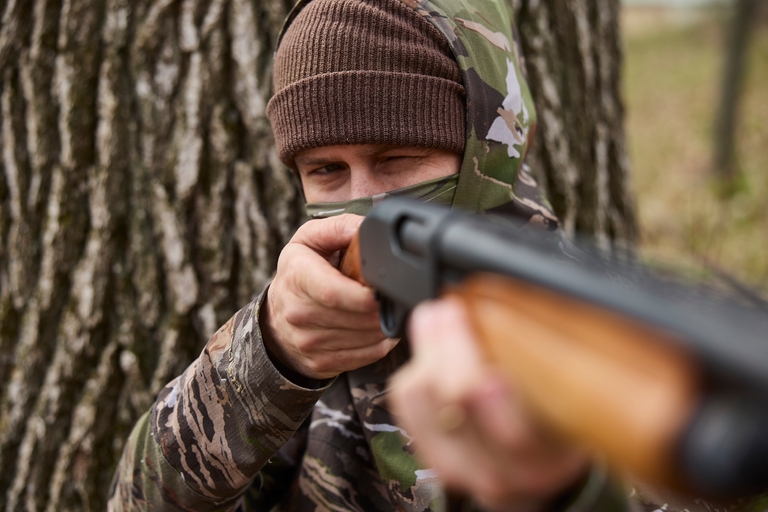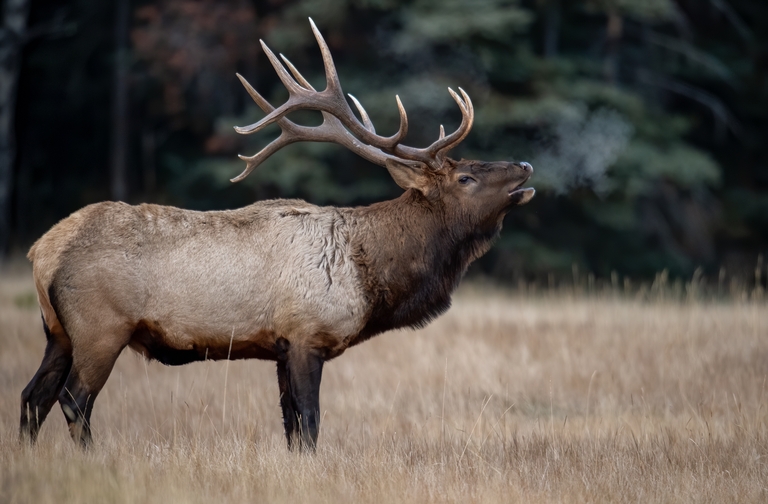Hunter Tip: What Do Deer Eat?
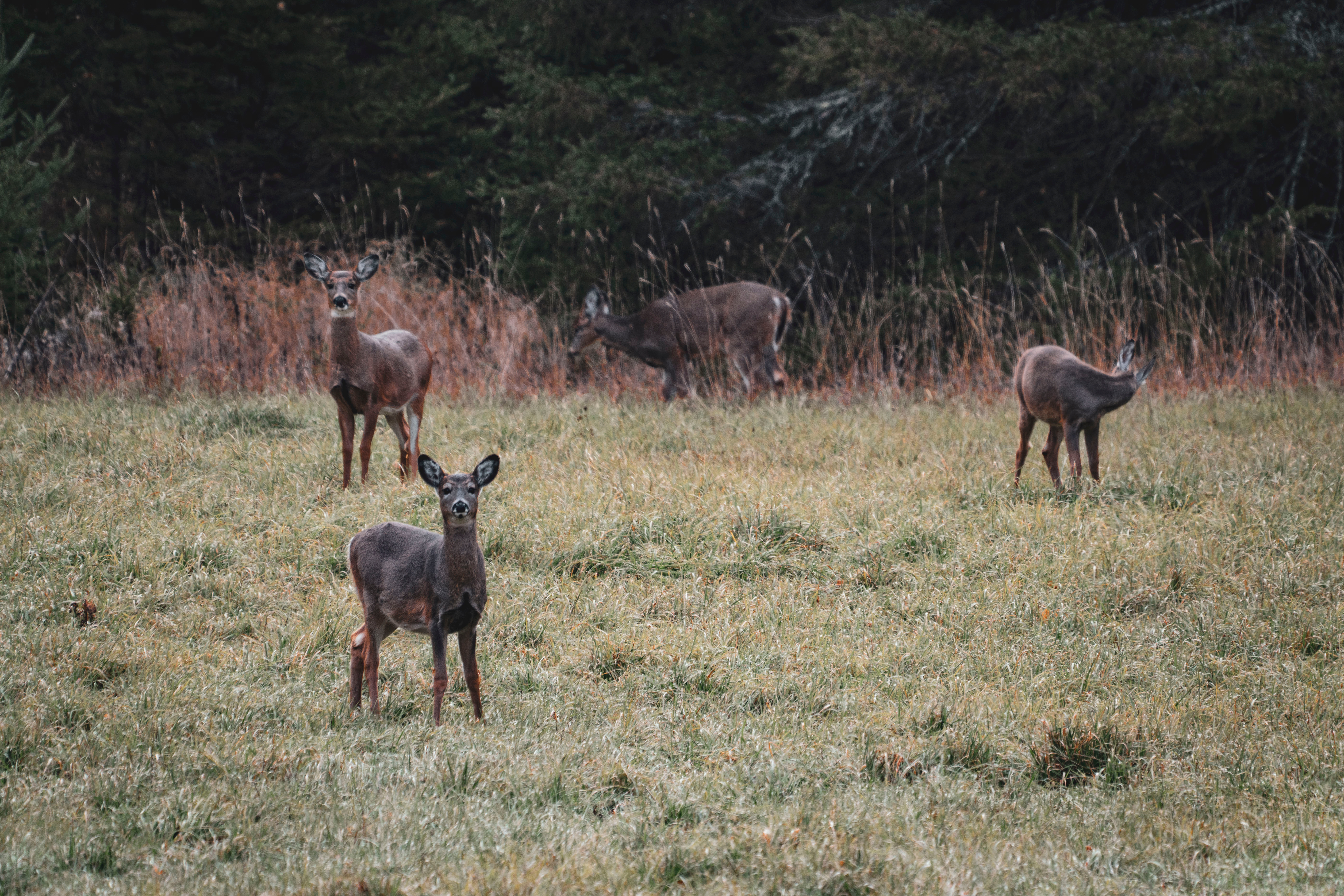
Deer are diverse eaters, grazing on anything from native vegetation to carefully cultivated crops. By munching on more than 400 documented plant species, deer are highly adaptable and access a wide range of bioavailability in the food they consume, which is also why deer are such a healthy option on your dinner plate.
Thankfully, habitat, seasonality, and availability all come into play, meaning as a hunter, you can narrow down the deer eating patterns and sharpen your focus when the season opens.
To help you on your next deer hunt, let's go a little deeper into the deer diet.
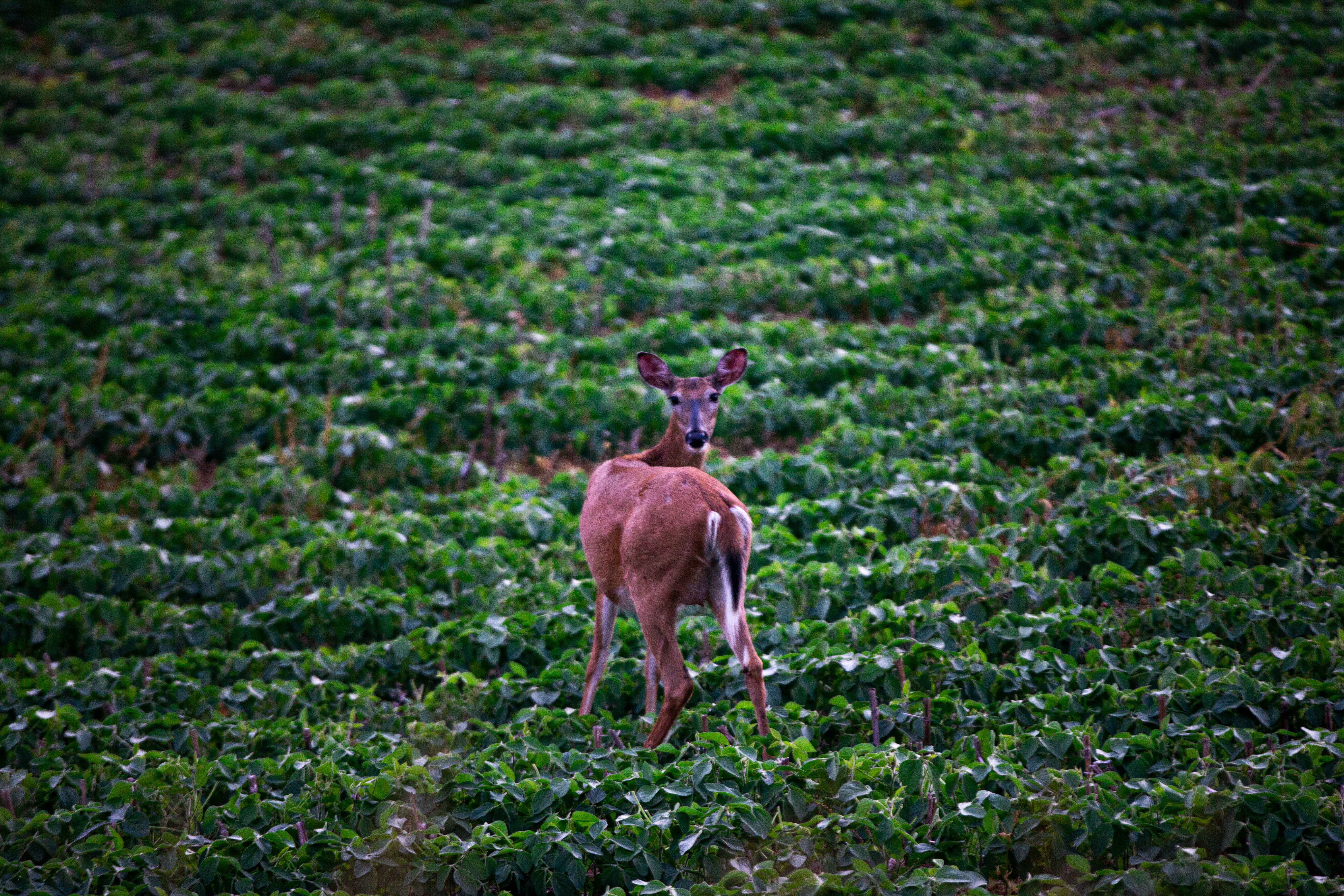
The Natural Diet of Deer
The short answer to the question of "What do deer eat?" is pretty much everything.
Deer are herbivores; however, they have been known to consume meat, particularly when stressed, hungry, or protein-deficient. Due to their unique four-chambered stomach, they favor low-fiber, high-protein foods that are easy to digest.
Let's take a look at some of the natural food habits of deer:
- Forbs: These broad-leaved flowering plants, such as buttercup or Solomon seal, provide a high dose of nutrients to deer and are often what they will be going for when searching through grasslands.
- Grasses: Contrary to popular belief, grasses are less of a staple food for deer than some may think. Deer will eat grasses, especially in suburban zones. However, they will opt for forbs or young grasses if available.
- Bushes: Deer consume all the components of a bush, including leaves, twigs, and buds. Young woody plants such as raspberry, black cherry, grape, honeysuckle, and more are potential dining options, with young tender growth preferred.
- Acorns: Acorns are highly sought after due to their fat and oil content. They are such a prized option that deer may shift their range to accommodate acorns into their diet in the fall and winter months.
- Mushrooms: Like acorns, deer consume mushrooms for their nutritional value and taste. The humid climates of spring and fall are the best times for mushroom growth, and it is believed that deer will eat mushrooms whenever they are available, even when focused on other food sources.
While it may not truly be "everything," deer eat a wide range of things depending on what's available and what they need for nourishment.
Human-Provided and Introduced Food Sources
Human-provided sources such as garden plants and crops are popular options for grazing deer. Their availability and nutrition density mean deer will often make their way into human-populated areas in search of food.
Farmland
The abundance and easy accessibility of crops mean deer are often found grazing in farmland areas, much to the dismay of farm owners.
Some popular crops include:
- Soybean
- Corn
- Cereal grains, including rye, wheat, and oats
- Alfalfa
- Clover
- Peanuts
You may know farmers in the area who have difficulty keeping deer out of their crops if they farm any of what we've mentioned above!
Food Plots, Yards, and Gardens
Like farmers, homes with gardens can also attract hungry deer. They enjoy munching on garden plants, including:
- Daylilies, English ivy, and ornamental plants, including arborvitae and hostas
- Orchards and fruit trees
- Flowers, including roses, azaleas, and sunflowers
Due to the general indiscriminate nature of deer eating habits, they'll even go for your lawn or bird feeders, which often makes them the nemesis of the amateur home gardener.

Seasonal Variations In Deer Eating Habits
Seasonal variation brings changes in temperature, daylight hours, and rainfall, which all impact the food availability for deer.
Understanding these changes can help you better locate and map the deer patterns, providing a more concrete answer to the question of what do deer eat.
Winter
During the winter, deer turn their attention to woody browse, feeding on shrubs, saplings, and twigs, using their adaptive digestion to maximize nutritional extraction. Some favorites include hickory, honeysuckle, maple, mountain laurel (plus many more).
They also go for leftover crops, seeking out corn and soy on the ground.
Deer are less active eaters in the winter, relying on fat reserves built up during the fall and a slower metabolism to help them through the period.
Spring
With spring comes an abundance of food and a high demand for nutrition as deer are coming out of the winter slump and bucks begin the energy-intensive process of growing new antlers.
Deer will start early spring on a diet similar to winter's before seeking out the newly flowering and growing forbs, buds, shoots, and fresh leaves.
Summer
In early summer, deer will target fresh vegetation, including herbs, grasses, and leaves from shrubs and twigs and leaves of woody plants.
As these options dry up, deer may make their way to alfalfa, beanfields, and clover in the evening. Deer will search for food in the early morning and late afternoon when the daily temperature is at its lowest.
Fall
During fall, deer are looking to put on weight to get through the pending winter period, which means increasing their fat stores to help with their conditioning. Corn, sunflower, and peanuts are all popular crops during the fall.
Mast is very popular in the fall. Acorns, nuts, berries, apples, grasses, forbs, and woody browse still make up a large proportion of their consumption in the fall months.
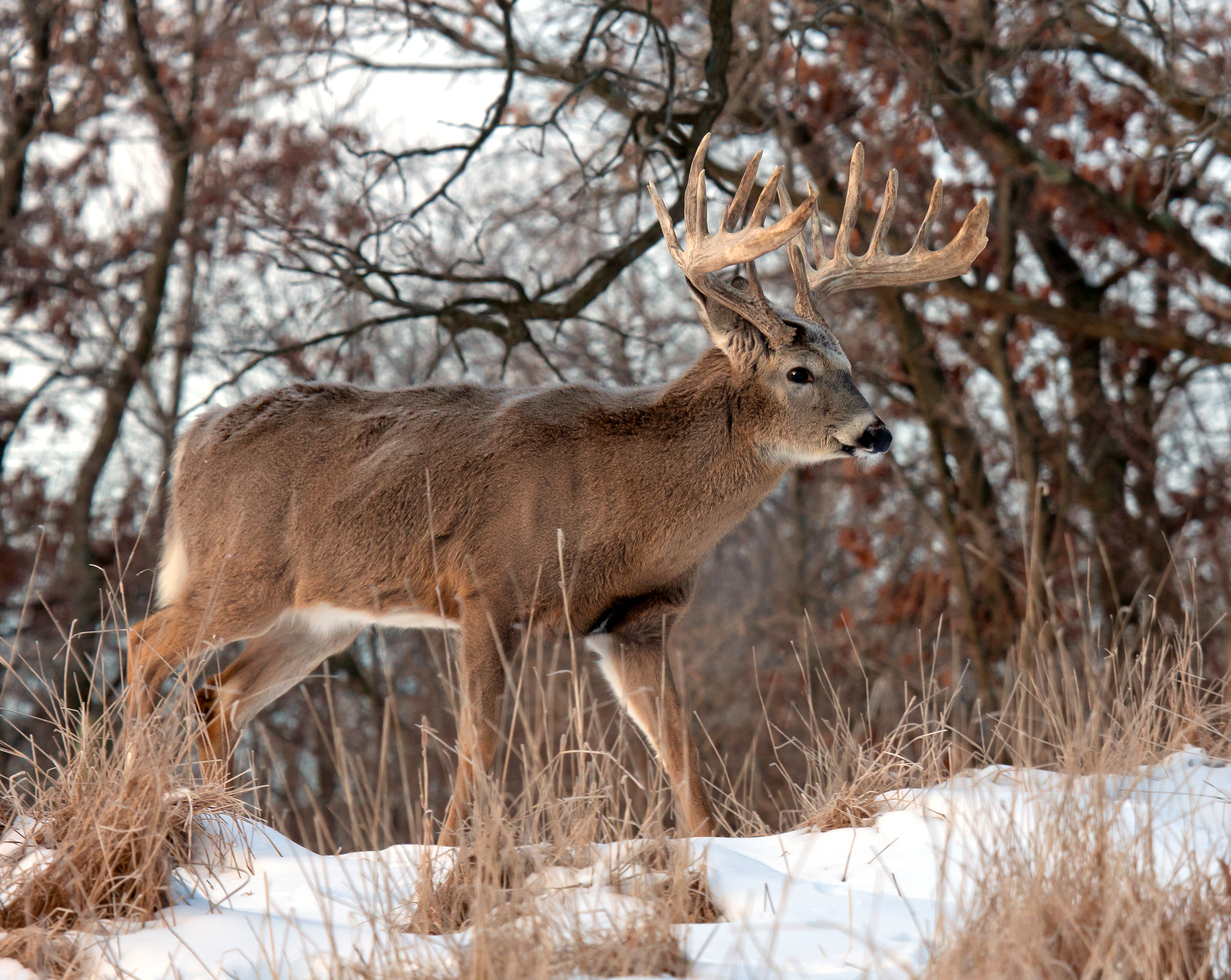
Know What Do Deer Eat and How to Stay Safe On a Hunt
Knowing what's available, the seasonality, and the eating patterns of deer can help you prepare for a more successful hunt. While there's a wide variation, informed hunters can also use their knowledge to narrow down movement patterns based on seasonal availability and preferences.
If you're gearing up for a hunt, be sure you're up to date with the latest safety best practices, tips, firearm handling insights, blaze orange requirements, and more. Hunter-Ed helps prepare hunters to stay safe when hunting deer through our state-approved online courses.
So, as you study what deer eat and their feeding patterns, we also want you to study up on staying safe in the field! Find the course for your state, start learning, and get certified before the season opens.

